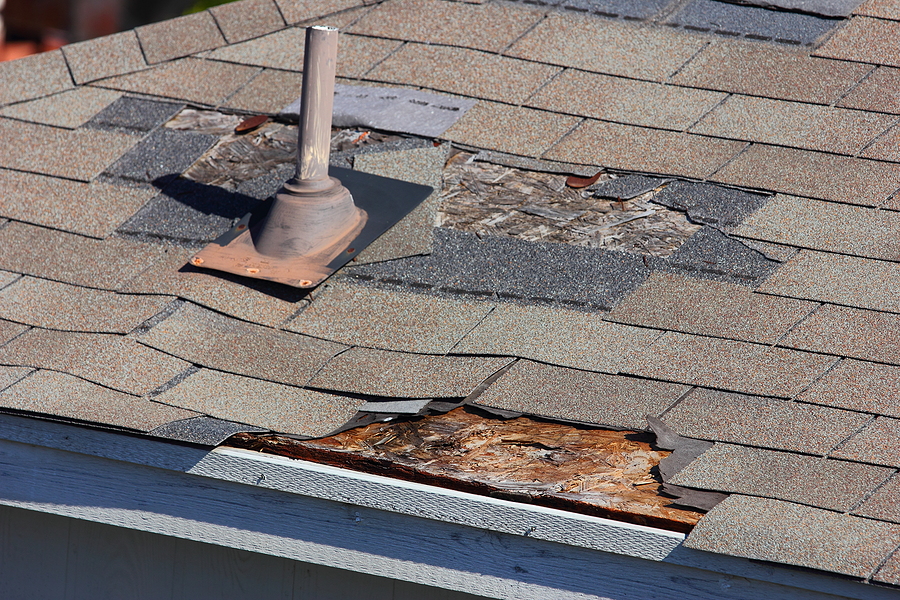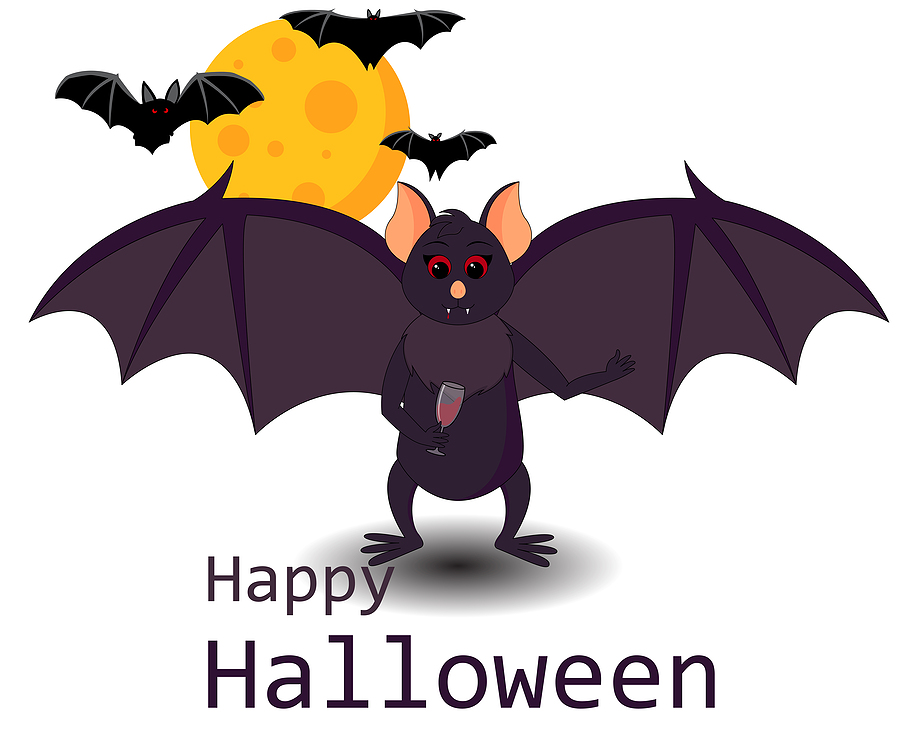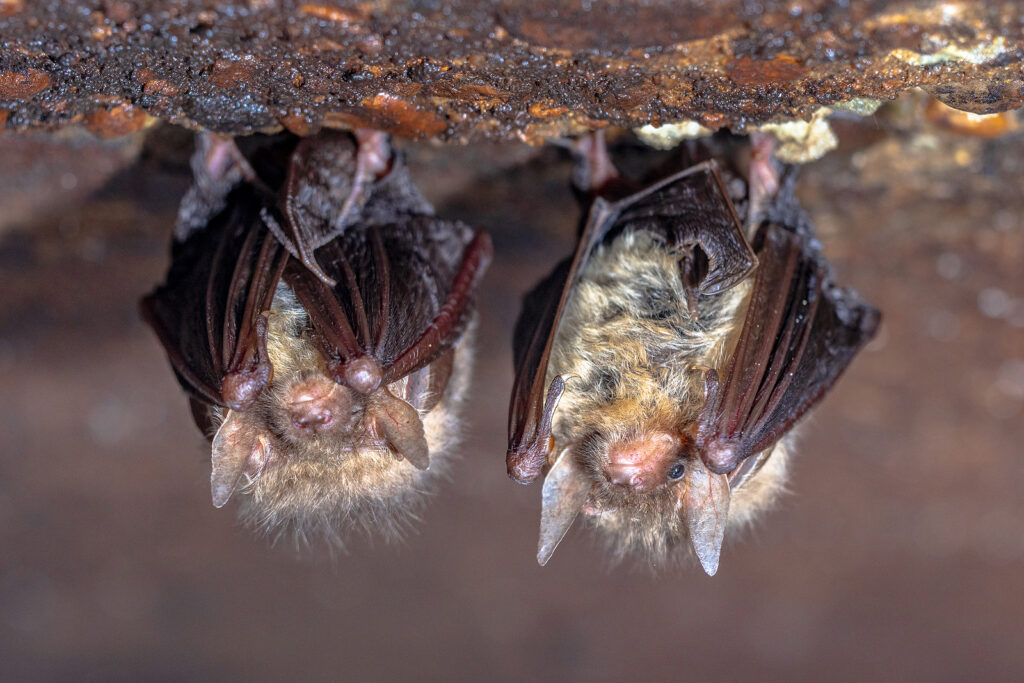When the sun sets and the moon rises, bats take to the skies in search of their next meal. Unfortunately, for many homeowners, bats can become an unwelcome sight, especially when they decide to roost in your attic or barn. If you’re concerned about bat infestations or if they’ve already taken up residence in your home, understanding the nuances of bat behavior and implementing bat-proofing measures is essential. Let’s shed some light on the often-misunderstood creatures and provide you with practical tips to protect your property and family.

The Lowdown on Bat Behavior and Entry Points
Bats are fascinating creatures, integral to our ecosystem as pollinators and insect controllers. However, their habits can clash with human cohabitation. Bats are particularly active at night, using echolocation to navigate and find shelter. When it comes to your home, they can find their way inside through surprisingly small openings, including vents, chimneys, and even gaps in your roofing.
Nocturnal Habits and Nesting Preferences
The evening hours are prime time for bats, who leave their roosting spots—often in dark, enclosed areas—to hunt for insects. They are known to return to the same roost night after night. If your home offers a warm, secure place for them to rest during the day, it can become a prime location for nesting, which may lead to further complications and an eventual increase in their numbers within your property.
Understanding where bats typically roost can be the first step to fortifying your home. Focusing on areas such as attics, unused chimneys, and barn lofts, where humans seldom venture, is critical. These spaces need to be secured, but in a way that allows any existing bat population to leave naturally and prevents them from re-entering.
The Benefits of Bat-Proofing
Should you take the necessary measures to bat-proof your home? Most certainly. Not only does bat exclusion help maintain the structural integrity and cleanliness of your property, but it also mitigates health risks associated with bat guano and urine. Additionally, in many regions, laws govern the humane removal of bats due to their protected status, so preemptive measures could save you from potential legal issues.
Preventing Property Damage
Bats, like any animal, can cause a fair amount of mess and damage without even trying. From soiling your attic and insulation with droppings to damaging structures with their scratching, the consequences of an undeterred bat population can be extensive and costly to remedy.
Health Risks and Legal Implications
Over time, bat guano can pose health risks, as it may contain fungus that causes respiratory diseases. Rabies is another concern, although the incidence of bats transmitting the disease to humans is low. Nevertheless, should contact occur, it’s imperative to report it and seek medical advice.
Regulations regarding bat control and removal vary by location, and it’s crucial to familiarize yourself with local laws. The Migratory Bird Treaty Act, for example, protects most bat species, and unauthorized removal can result in hefty fines and penalties.
Tips for Bat-Proofing Your Home
Taking an active approach to bat-proofing ensures your home remains bat-free and contributes to the conservation of these beneficial creatures. Here are several practical methods for protecting your abode.
1. Inspect and Seal Entry Points
The best defense against bat intrusion is a comprehensive inspection of your home’s exterior to identify and seal potential entry points. Remember, bats can slip through openings as small as 3/8 of an inch, so be thorough in your examination. Utilize materials that are durable and weather-resistant, such as mesh screens or fills made from concrete or expandable foam. It’s important to note that sealing off entryways once bats are inside is not only ineffective but can trap them, leading to desperate measures to escape.
2. Install Bat Houses
One of the most effective and environmentally friendly methods of bat-proofing is to provide an attractive alternative to your home for roosting. Bat houses, when properly placed and maintained, can encourage bats to relocate and thrive without the need for exclusionary tactics. These should be placed 15-20 feet above the ground in areas that receive at least six hours of direct sunlight, such as on the south or east side of your home.
3. Trim Trees and Vegetation
Bats are superb fliers, and trees provide them with a convenient launching pad close to the eaves and rooftops. By trimming branches and foliage, you reduce the opportunities for bats to access your home. Pruning can also enhance the visibility of your property’s exterior, making it easier to detect potential entry points.
4. Use Ultrasonic Repellents
Ultrasonic repellents emit high-frequency sound waves that are disruptive to bat echolocation and can deter them from a specific area. While they are not universally effective and their impact on bats’ behavior is subject to debate, some homeowners report success with these devices.
5. Seek Professional Help When Necessary
If you find yourself overwhelmed or uncertain about the best course of action, it’s best to call in the experts. Professional bat control services employ trained technicians who understand bat behavior and the safest means for bat removal and exclusion. They’ll not only address the immediate problem but set up long-term bat management strategies to keep them at bay.
Wrapping Up
With the knowledge and measures provided, you can proactively bat-proof your home, protecting both the integrity of your property and the important role bats play in our ecosystem. A small investment in time and resources today could spare you the headaches, health risks, and legal tangles that come with unwanted bat encounters. Remember, bats are creatures deserving of our respect and consideration, even when they cross paths with our domestic spaces. Be vigilant, be knowledgeable, and be bat-proof.
Take the lead in ensuring the safety and comfort of your home. If bats have already infiltrated your space or if prevention did not suffice, don’t hesitate to reach out to a licensed wildlife control company. They can safely and humanely remove the bats, and work with you to prevent future re-infestations. Your home should be a haven for you and your family — let’s make sure it’s a peaceable kingdom that bats respect from a distance.
Stay informed and stay secure. Bat-proofing your home is not just about maintaining the four walls around you; it’s about being responsible stewards of the wildlife that shares this magnificent planet with us. Contact Smoky Wildlife Control at 615-610-0962 for TWRA licensed and insured bat removal service in Nashville and Clarksville, Tennessee. We serve residential and commercial properties. Trust us for safe, humane, and affordable bat control and extraction.
Related Posts:
Bats in the Belfry? More Like the Attic: A Closer Look at Bat Infestations
You Might Have Bats in the Attic If
FAQS About the Deadly Bat Disease Known as White Nose Syndrome



